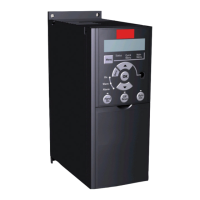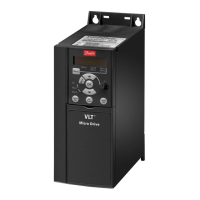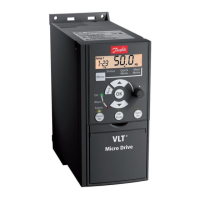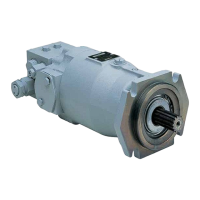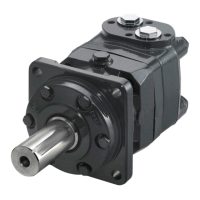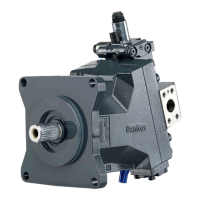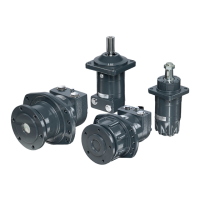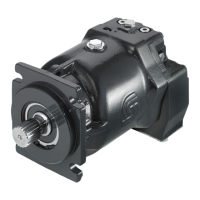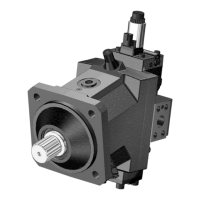General instructions
Keep it clean
You can complete many repairs or adjustments without removing the unit from the machine, if the unit is
accessible and you can thoroughly clean it before beginning any procedures.
Cleanliness is a primary means of assuring satisfactory motor life on either new or repaired units. Clean
the outside of the motor thoroughly before disassembly. Take care to avoid contamination of the system
ports. Cleaning parts with a clean solvent wash and air drying is usually adequate.
As with any precision equipment, keep all parts free of foreign materials and chemicals. Protect all
exposed sealing surfaces and open cavities from damage and foreign material. Cap all hoses after
removal, and plug all open ports. Cover any unattended parts with a protective layer of plastic.
Inspect for system contamination
Inspect the motor for signs of system contamination. If you find contamination, fully disassemble, clean
and inspect all components of the motor.
Replace the O-rings and gaskets
Replace all O-rings and gaskets. Discard them only after you make certain that you have the correct
replacement parts. Lightly lubricate all O-rings with clean petroleum jelly before assembly.
Lubricate all moving parts
During reassembly, coat all moving parts with a film of clean hydraulic oil. This helps lubricate the
surfaces during start-up.
For fluid quality requirements, refer to 520L0463 Hydraulic Fluids and Lubricants, Technical Information.
Torque procedure
During reassembly, cross torque all retaining screws to the given value. Do not overtorque.
Variable displacement motors
Series 51 and Series 51-1 variable displacement motors feature a bent-axis rotating group that provides
high starting torque and high speed. The ball end of each piston runs in a bushing pressed into the drive
shaft. This permits the transfer of hydraulic power directly into rotary motion at the drive shaft. The
pressure balanced spherical piston rings maintain contact with the cylinder block bores providing high
volumetric efficiency and low friction. A constant velocity joint (synchronizing shaft) keeps the rotation of
the cylinder block synchronized with the motor output shaft.
A servo piston changes the angle of the rotating group and varys the displacement of the motor.
Decreasing displacement increases speed. Increasing displacement decreases speed.
Several hydraulic and electrohydraulic controls are available.
Service Manual
Series 51 and 51-1 Motors
Introduction
©
Danfoss | March 2016 11008567 | AX00000013en-US0202 | 7
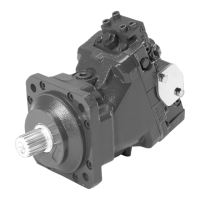
